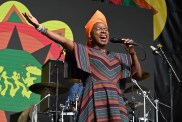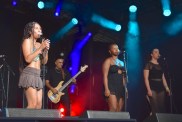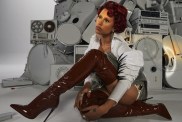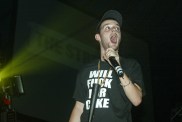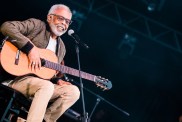With one of the most iconic bands to ever tour the earth touching down in Brisbane sometime today, it seemed an appropriate time to take a retrospective look at their studio album discography, to address what each album meant for the band, and to build up the excitement for their concert. With the Chugg Entertainment promise of a performance that “will showcase the band’s multi-decade…

The festival landscape has undergone major upheaval in the last three years, and Covid’s long-term impact on the music industry…

